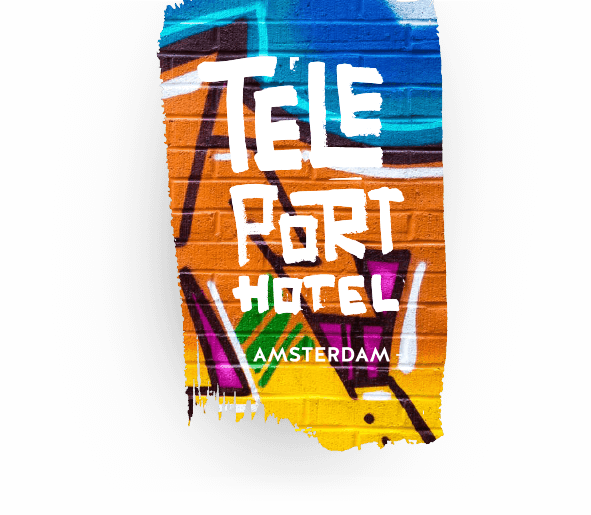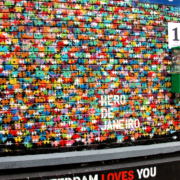Street art in Wijdesteeg
The Lost Glory of Street Art in Wijdesteeg
For many people, Amsterdam means alternative culture, creative energy, and freedom of expression. Years ago, anti-capitalist youth with an anarchic spirit filled the city with life. They painted walls, created communities, and gave the streets a unique soul. At that time, squatting was huge in Amsterdam, shaping its liberal and artistic identity. Among the most iconic places were Spuistraat and Wijdesteeg, two symbols of Amsterdam’s squatter movement.
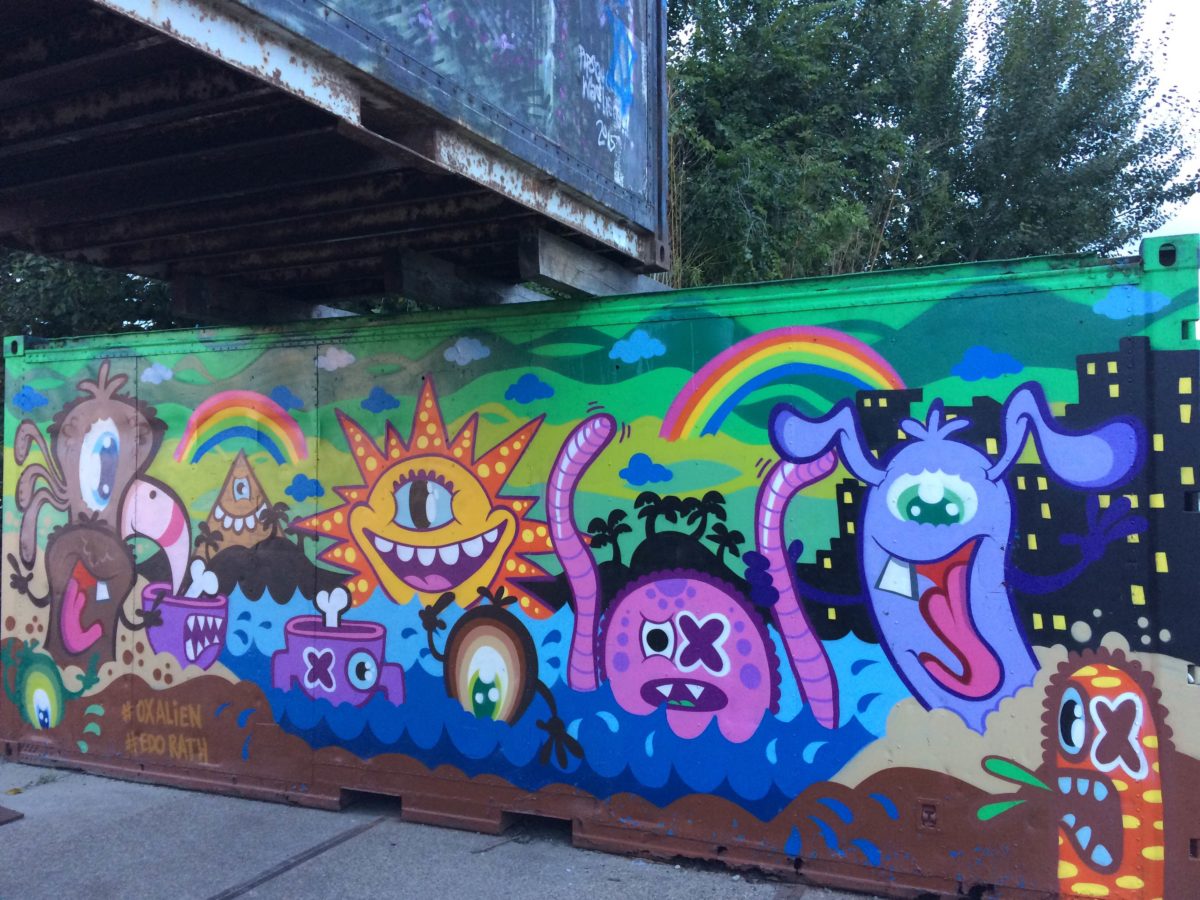
What Is Squatting?
Some people already know what squatting is — maybe you even tried it yourself! It means living in an abandoned building without legal permission, not renting or owning it. But squatting was never just about free housing. It carried a rebellious attitude and turned into a global movement of people sharing the same ideas. Today, around one billion squatters live across the world, and their number keeps growing.
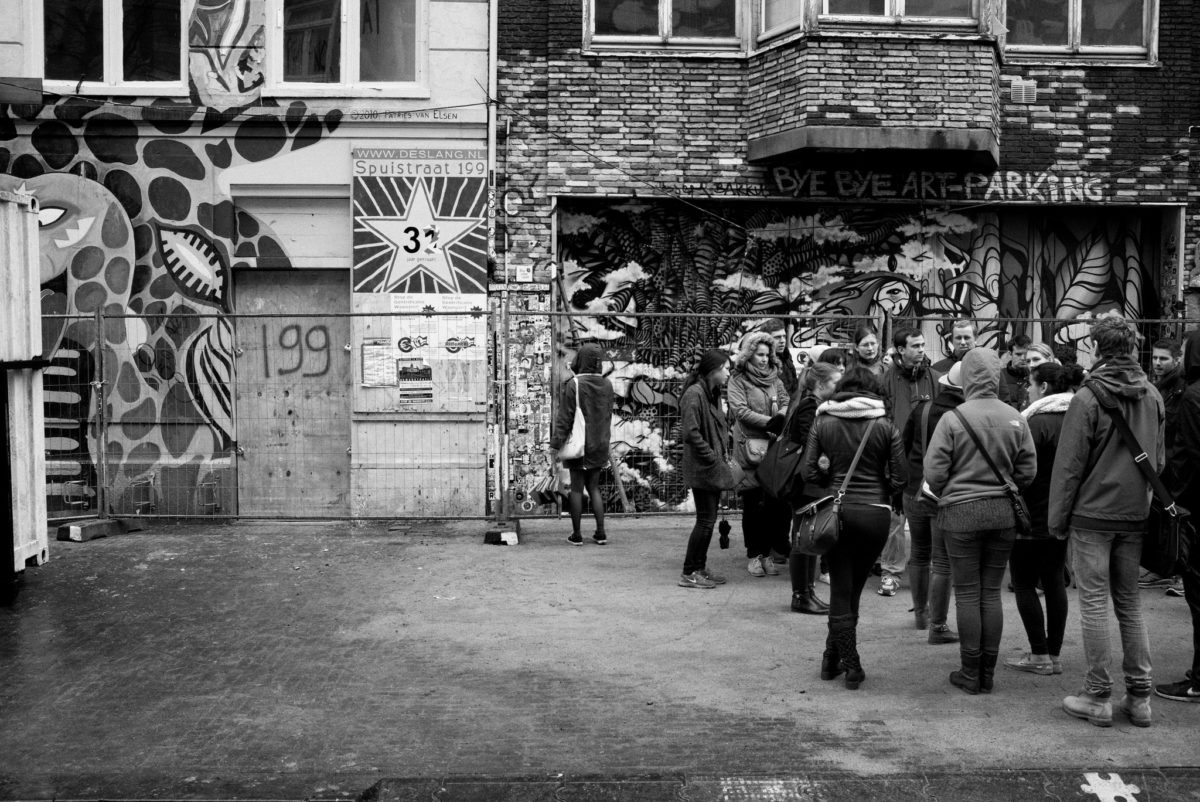
Squatting in Amsterdam
As you might expect from Amsterdam, the city had a large and creative squatter community. These people were free-minded artists and activists with strong beliefs. They even organized kraakspreekuur — meetings where newcomers could learn how and where to squat safely.
Everything changed in 2010, when the Netherlands banned squatting. What used to be a lifestyle suddenly became a crime. The ban led to protests, arrests, and the demolition of squatted buildings. As a result, Amsterdam lost many cultural centers, galleries, and walls of street art. The city became cleaner — but also less colorful.
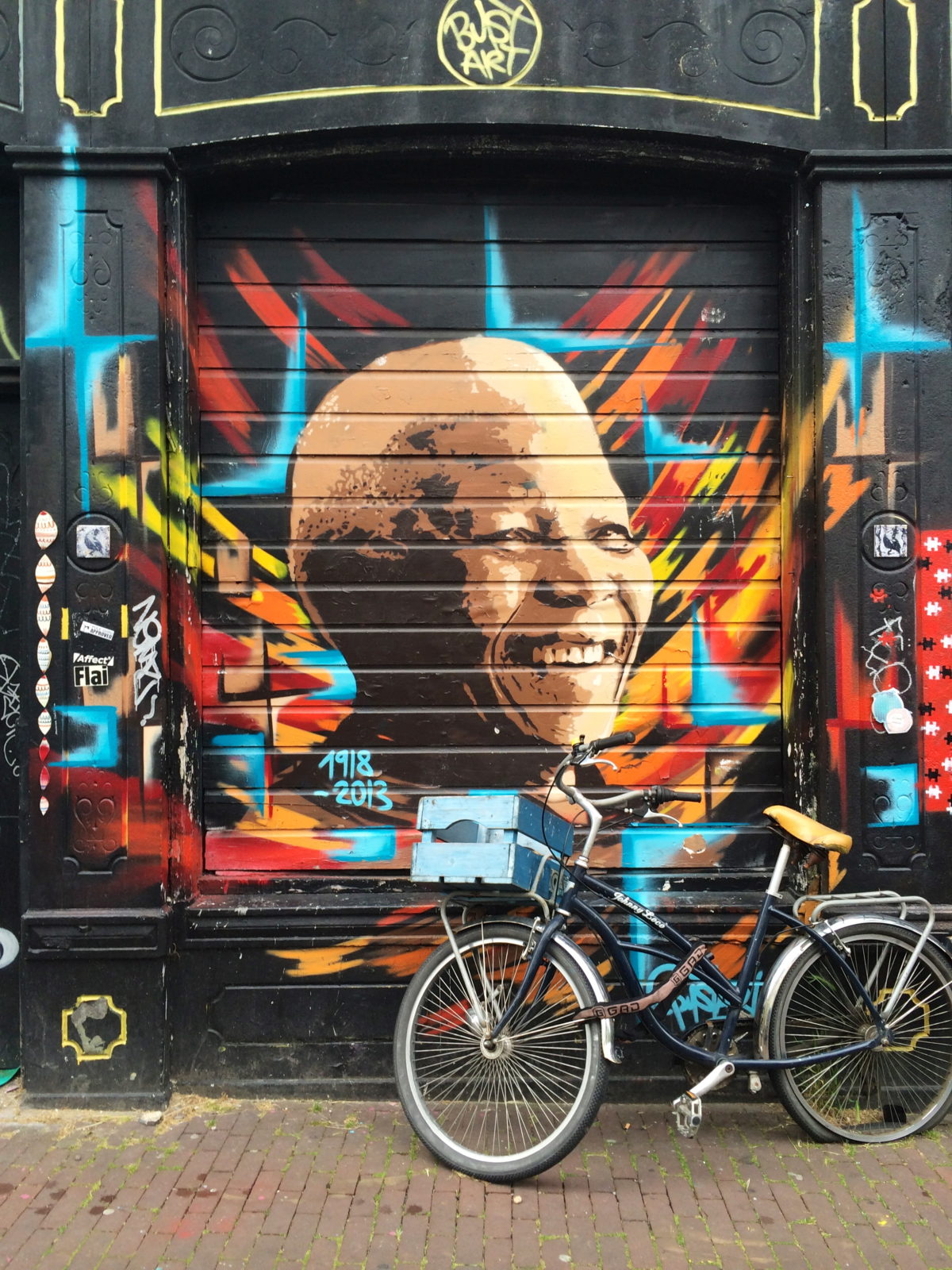
The Snakehouse on Spuistraat
One of Amsterdam’s most famous squatted houses was De Slang, also known as The Snakehouse. A huge, colorful snake mural covered its façade, and locals loved it. Artists lived and worked there, hosting art events full of energy and creativity. Their work spread to Spuistraat and Wijdesteeg, turning these streets into open-air galleries admired by tourists and locals.
Wijdesteeg became one of the most photographed alleys in Amsterdam. But eventually, the municipality took over the buildings, and most of the art disappeared. The long fight between the squatters and the city ended — and Amsterdam lost part of its creative heart.
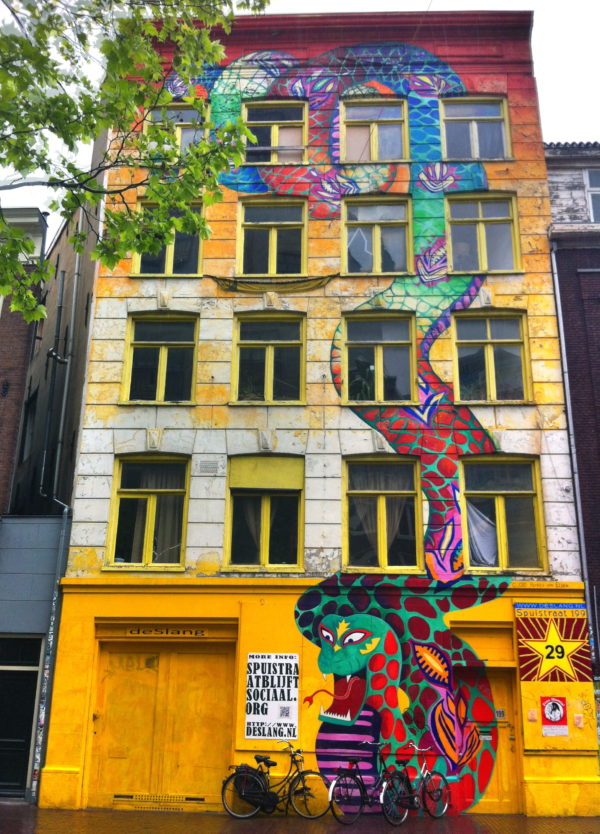
Hero de Janeiro — The Local Street Art Hero
One artist who brought life and color to Amsterdam’s walls was Hero de Janeiro. He became famous for painting bright puzzle pieces on gray concrete. Although many of his large works vanished with demolished buildings, some still brighten Spuistraat.
Hero creates his art by pasting framed pieces on walls and using stencils for bigger murals. His most iconic characters include Jip & Janneke, Karl Lagerfeld with a ghetto blaster, the Dutch milkmaid, Andy Warhol, and a tough penguin. His mission is simple — to make people smile and add color to their everyday life.
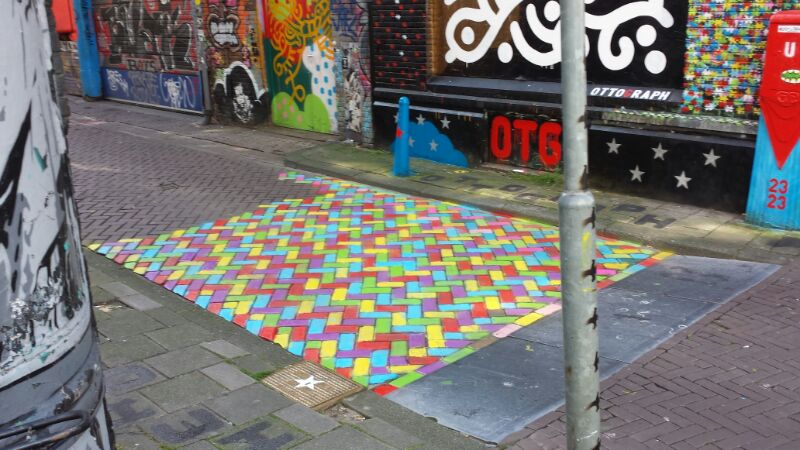
Street Art Lives On at Teleport
Hero de Janeiro’s art can be found not only in Amsterdam but all over the world. Recently, he created his latest masterpiece right in front of Amsterdam Teleport Hotel. The sidewalk now features his signature artwork, adding a splash of color and creativity to our entrance.
